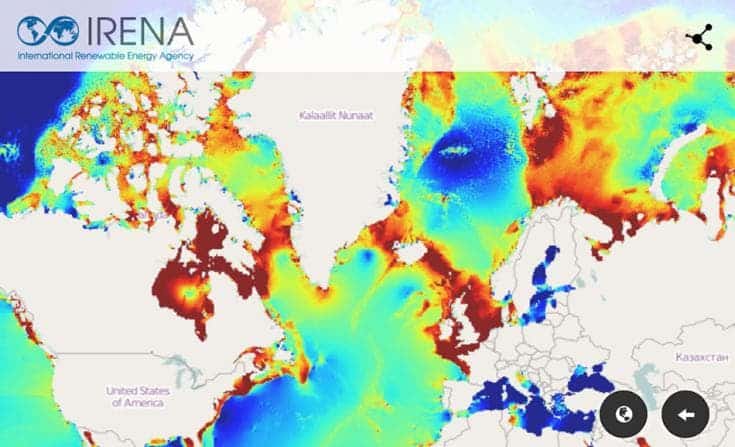A simple smartphone app combines the most reliable data and maps on global renewable energy potential, so you can get a better idea what’s the right kind of equipment you need or if the investment is warranted in the first place. And it’s all for free, too.

The app, called Global Atlas, was developed by International Renewable Energy Agency (IRENA). It combines 1,000 maps from 67 governments and 50 data centres to provide information on renewable energy resources anywhere in the world. The app is generally geared towards large firms, “prospectors” and investors who need a lot of reliable data until they can settle whether a large scale renewable energy development project is feasible or not. But anyone can use it really, even if you just want to know how much solar energy your home receives on an annual basis.
“One of the major hurdles to worldwide renewable energy deployment is reaching the needed levels of investment,” Adnan Z. Amin, IRENA’s director-general said in a statement. “The Global Atlas pocket brings more investment certainty to renewable energy prospectors and investors. Users can freely access data from geothermal potentials in the Caribbean to solar potentials in the Middle East and anything in between. It is an incredibly powerful tool.”
The app is packed with powerful combination of search functionalities including geolocation services, personalized search categories, map views and sharing capabilities. If you’re interested to give it a spin, download it from your mobile device on iTunes or Google Play.
According to the World Bank, one of the supporters of the app, Global Atlas could prove especially useful for projects in the developing world.
“Through its Energy Sector Management Assistance Program, the World Bank is making data-rich renewable energy resource maps of 12 developing countries available through IRENA’s Global Atlas,” she said. “As renewable resources take on a central role in countries’ energy planning, this information becomes increasingly important to governments, citizens and the private sector.”


